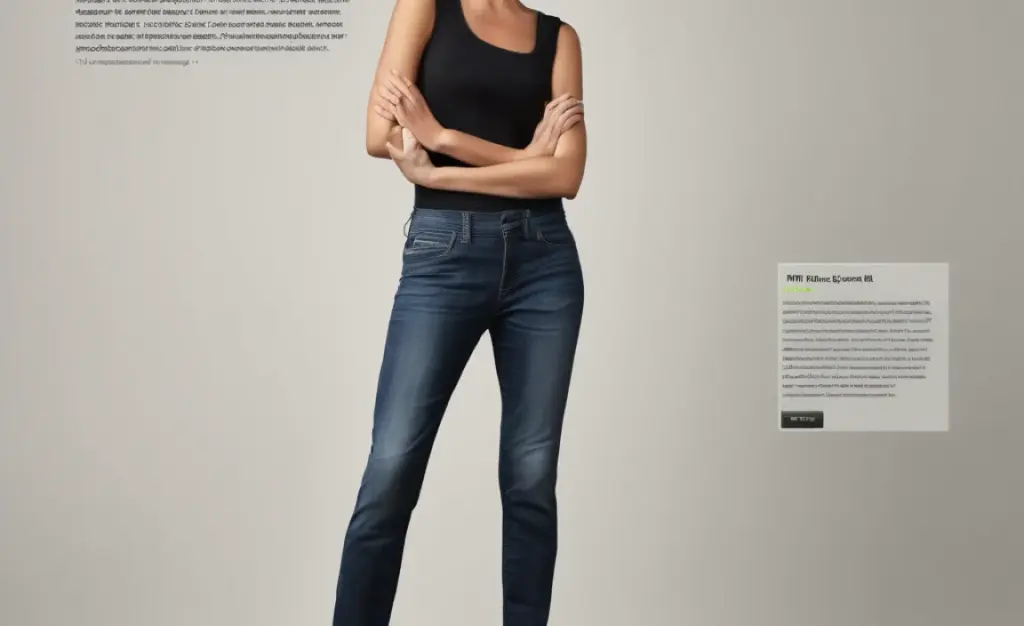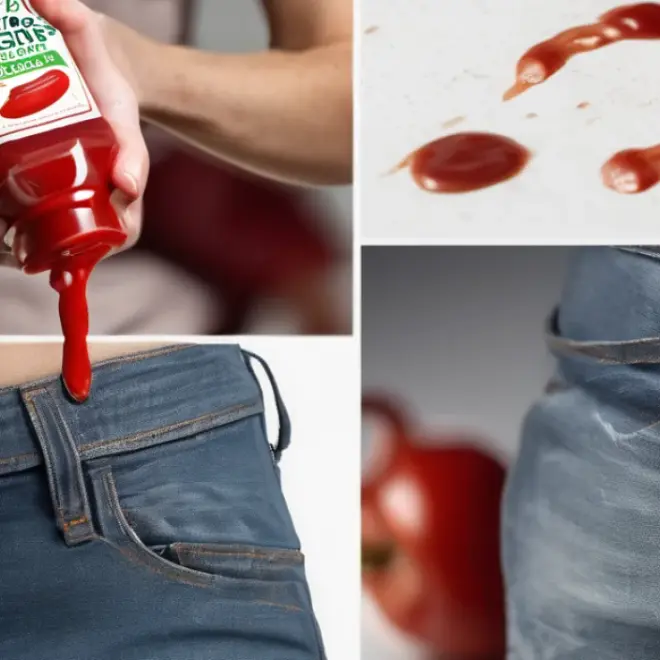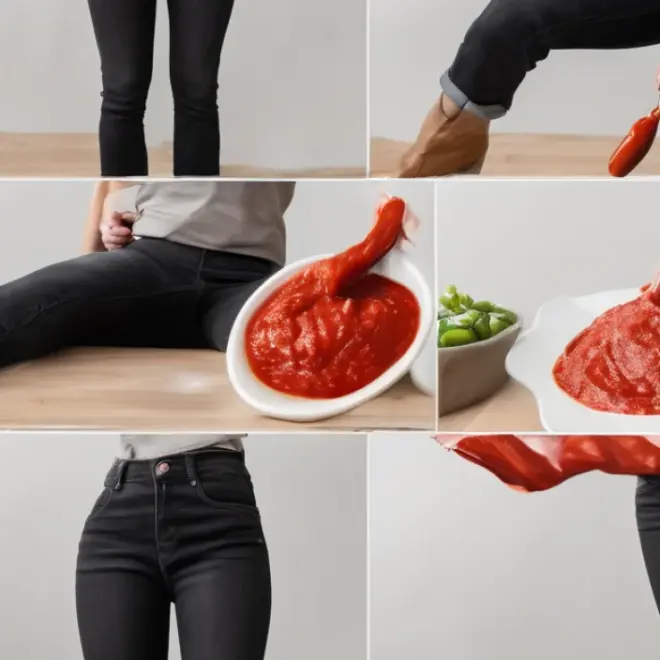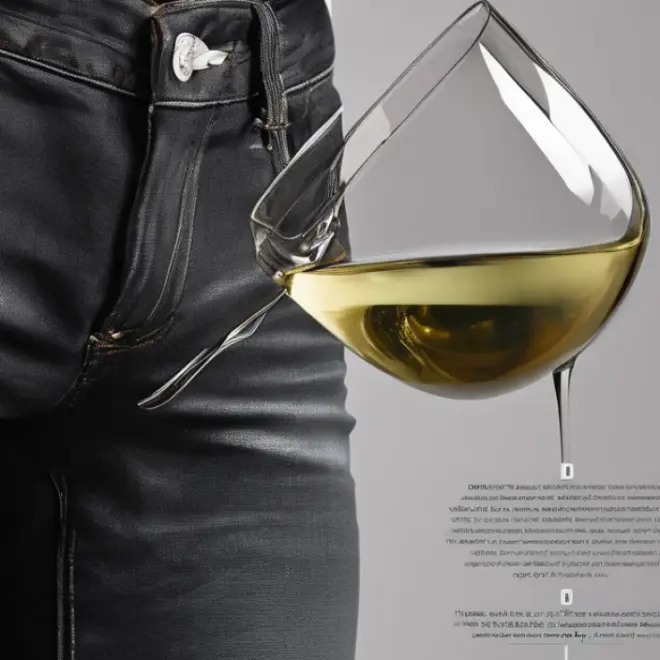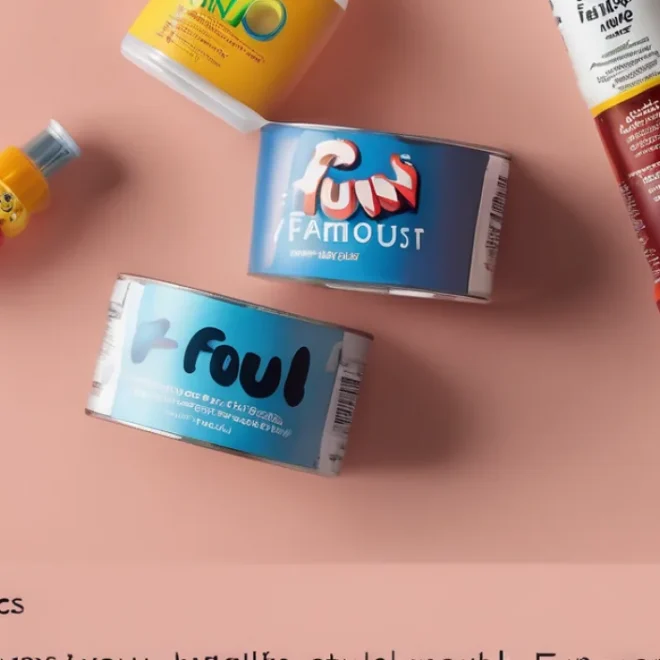Quick Summary
Yes, you can successfully remove olive oil from dark wash jeans using simple household items like dish soap and baking soda. Act quickly for the best results. This guide provides easy, step-by-step instructions to tackle the stain and keep your favorite jeans looking great.
How to Remove Olive Oil Stains from Dark Wash Jeans: A Step-by-Step Guide
Olive oil spills happen, especially on our favorite dark wash jeans. That dreaded greasy spot can seem impossible to get out, leaving you worried about ruining a perfectly good pair of pants. But don’t despair! With a few common household items and a little attention, you can effectively banish those olive oil stains and have your jeans looking as good as new. This guide will walk you through simple, proven methods to tackle these tough stains with confidence.
Why Olive Oil Stains Are Tricky
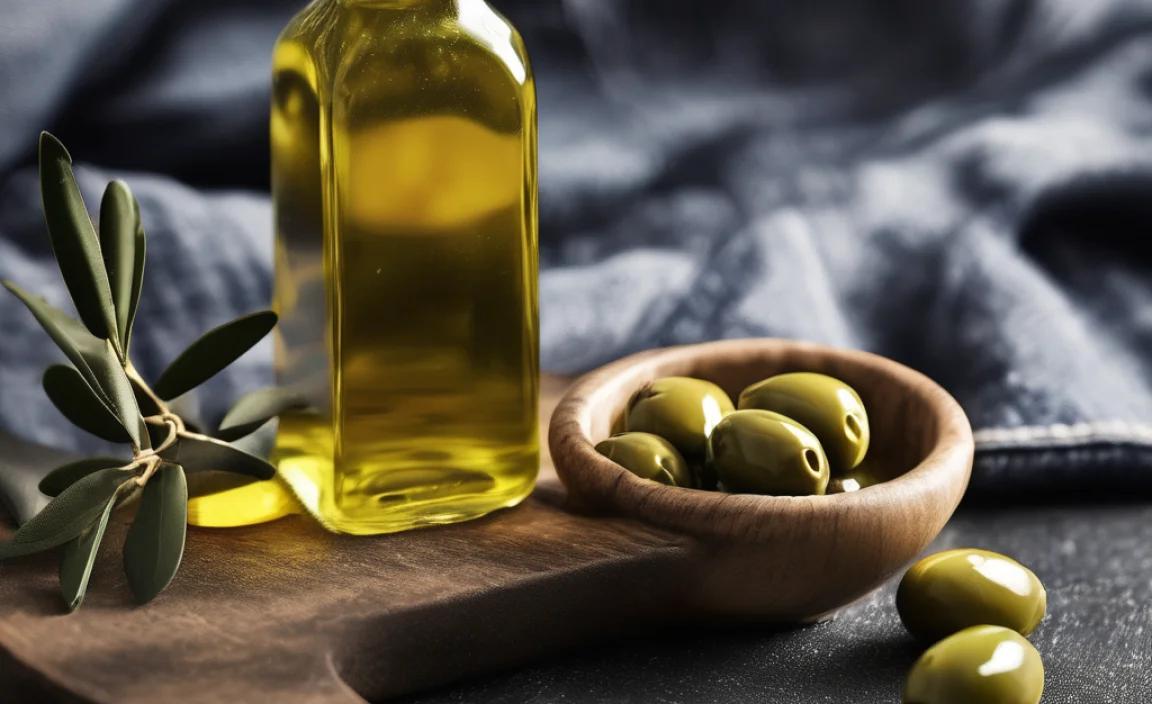
Olive oil is a type of oil, and oil stains are known for being stubborn. They don’t mix well with water, which is how we usually wash our clothes. Instead of rinsing away, the oil molecules tend to spread and soak deep into fabric fibers. Dark wash jeans, while durable, can also show grease stains more prominently because the deep color can make lighter oil marks stand out. The key to removing them is to break down the oil itself before washing.
The Core Principle: Break Down the Grease
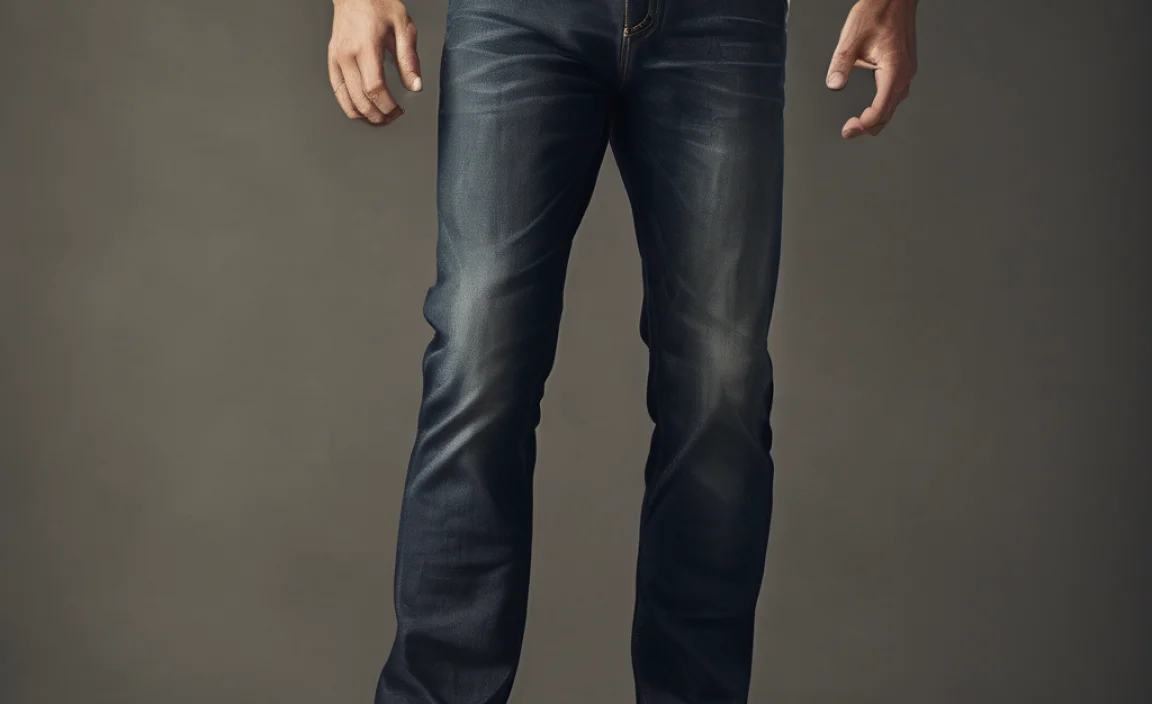
Most effective stain removers for oil work by using a degreaser. This means using a substance that can break apart the oil molecules, making them easier to lift from the fabric. We’ll be using some familiar kitchen staples that are excellent at this.
Essential Tools You’ll Need
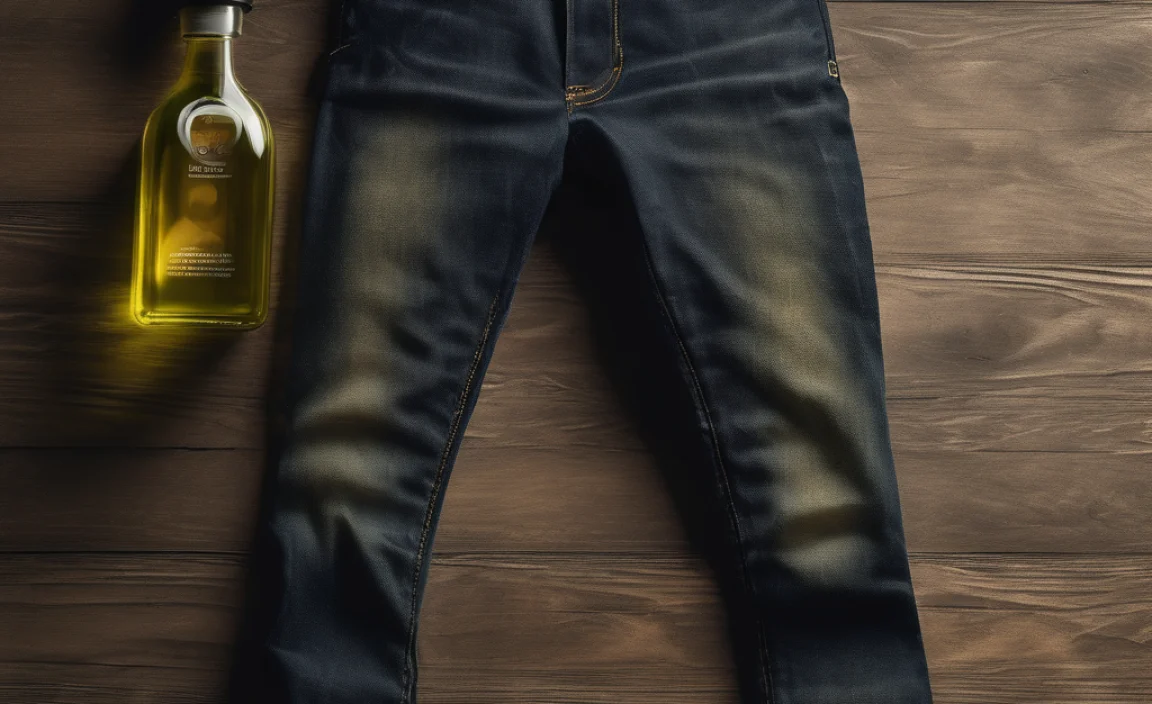
Before you begin, gather these simple items. Having them ready will make the process smoother:
- Liquid dish soap (a good degreaser like Dawn is highly recommended)
- Baking soda or cornstarch
- A soft-bristled brush (like an old toothbrush) or a clean cloth
- Paper towels or a clean, absorbent cloth
- Washing machine
- Mild laundry detergent
Step-by-Step Guide: Tackling the Olive Oil Stain
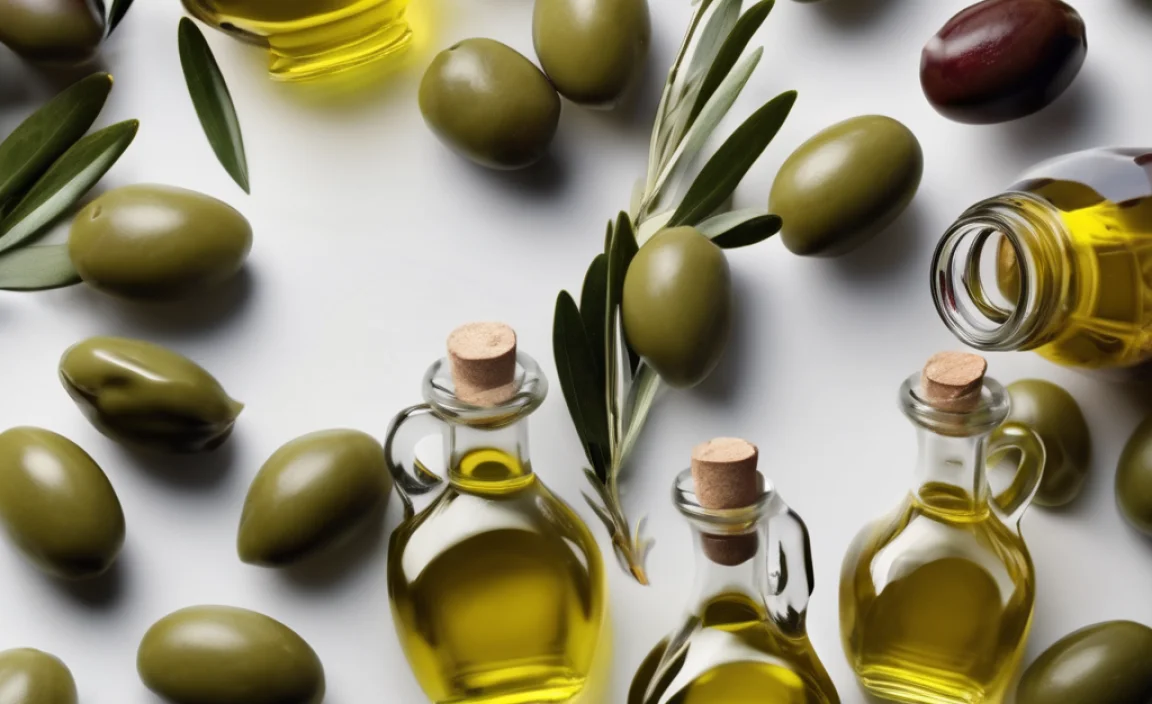
The sooner you treat an olive oil stain, the better your chances of removing it completely. Here’s how to do it:
Step 1: Blot, Don’t Rub!
As soon as the spill happens, grab an absorbent material like a paper towel or a clean cloth. Gently blot the stained area. The goal here is to soak up as much of the excess oil as possible without pressing it further into the fabric. Resist the urge to rub, as this can spread the stain and make it harder to remove.
Step 2: Apply a Degreaser (Dish Soap)
This is where the magic happens. Most liquid dish soaps are formulated to cut through grease on dishes, and they work wonders on fabric too. Put a few drops of liquid dish soap directly onto the stained area. Gently work it into the fabric with your fingers or the soft-bristled brush. You want to ensure the soap gets into all the nooks and crannies of the stain. Let it sit for about 5–10 minutes.
For particularly stubborn stains, you might consider using a dedicated laundry stain remover designed for grease. These often contain powerful enzymes or surfactants that target oil effectively. You can find effective stain removers at most supermarkets and online retailers.
Step 3: Add an Absorbent Powder
After the dish soap has had a moment to work, it’s time to lift the broken-down oil. Sprinkle a generous amount of baking soda or cornstarch over the treated area. These powders are excellent at absorbing liquids and oils. Gently pat the powder onto the stain with your fingers or the brush. Let this mixture sit for at least 30 minutes, or even a few hours if the stain is old or large. The powder will act like a sponge, drawing the oily residue out of the jeans.
Step 4: Brush and Rinse
Once the powder has absorbed the oil, use your soft-bristled brush or a clean, dry cloth to gently brush away the excess baking soda or cornstarch. You might see some of the stain starting to lift at this point. Next, rinse the treated area thoroughly with cool water. Check the stain. If it still looks prominent, you may need to repeat steps 2 and 3.
Step 5: Wash as Usual (with a Caveat)
Now it’s time to wash your jeans. Wash them in the washing machine using your regular laundry detergent. It’s best to use the warmest water setting that is safe for your dark wash jeans. You can usually find this information on the care label inside your jeans. Adding a booster like Borax can also help with tougher stains. However, do NOT put your jeans in the dryer yet.
Step 6: Air Dry and Inspect
After the wash cycle is complete, hang your jeans to air dry. This is a crucial step. Drying your jeans in a machine dryer before you’re absolutely sure the stain is gone can set the stain permanently due to the heat. Once your jeans are dry, carefully inspect the stained area in good light. If the stain is still visible, repeat the entire process, from blotting to repeating the dish soap and powder treatment. Sometimes, stubborn stains require a second or even third attempt.
Alternative Methods for Tougher Stains
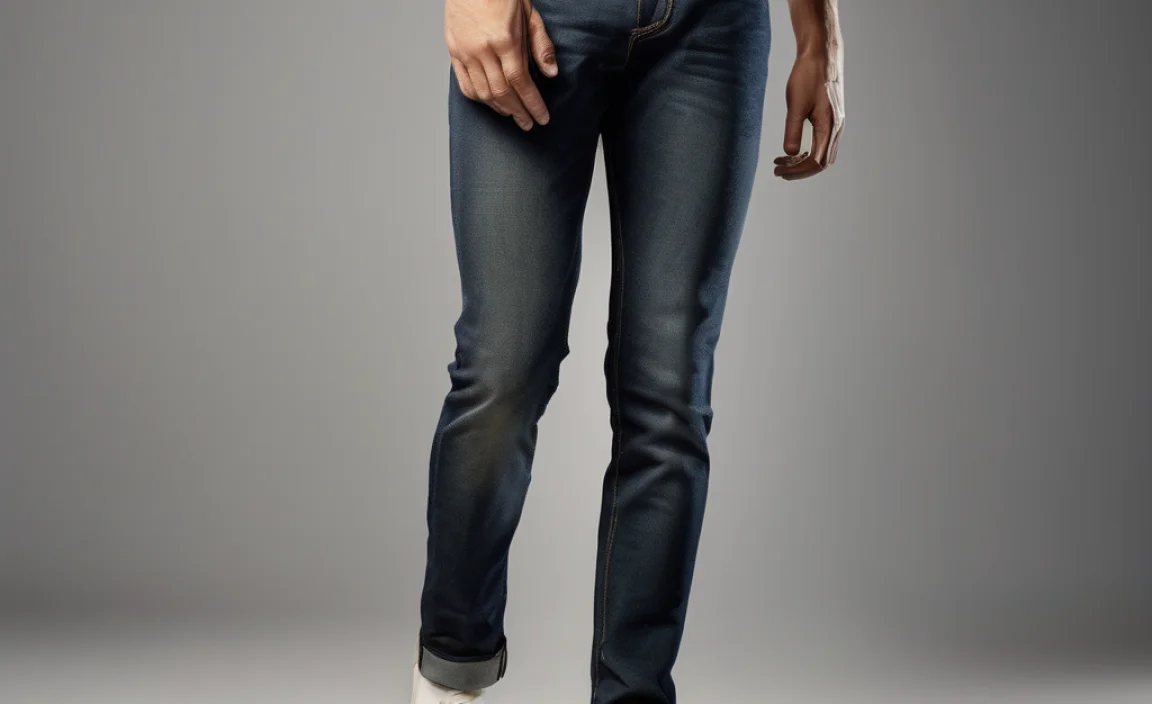
If the dish soap and baking soda method doesn’t fully remove the stain after a couple of tries, consider these alternatives:
Method 1: Using Rubbing Alcohol
Rubbing alcohol (isopropyl alcohol) can be an effective solvent for grease. Apply a small amount of rubbing alcohol to a clean cloth and gently dab the stain from the outside in. After dabbing for a few minutes, rinse the area with cool water and proceed with the dish soap and baking soda treatment.
Method 2: Laundry Pre-Wash Treatments
There are many commercial laundry pre-wash treatments specifically designed for grease and oil stains. Products like Shout, Spray ‘n Wash, or OxiClean pre-treaters can be very effective. Follow the product instructions carefully, usually applying the treatment directly to the stain, letting it sit for a specified time, and then washing as normal.
Method 3: Salt and Hot Water for Fresh Stains
For very fresh olive oil spills, a simple combination can work. Blot up excess oil, then generously cover the wet stain with salt. Let it sit for about 10 minutes to absorb the oil. Brush off the salt and rinse with hot water. Then, proceed with the dish soap method.
Understanding Fabric Care for Dark Wash Jeans
Dark wash jeans are often made with cotton denim, sometimes with a bit of stretch from elastane or spandex. Cotton is absorbent, which is why it soaks up oil. Always check the care label on your jeans for specific washing instructions. Generally, dark washes benefit from being washed in cold water to prevent color fading, but for stubborn stains, using the warmest water setting safe for the fabric can aid in stain removal. Avoid using bleach on dark denim, as it will likely cause discoloration.
The Federal Trade Commission (FTC) mandates clear care labeling for garments in the U.S. to help consumers maintain their clothing properly. Following these labels closely will help preserve the color and integrity of your dark wash jeans.
Preventing Future Olive Oil Stains
While you can’t always prevent spills, you can be more mindful:
- Be Cautious in the Kitchen: When cooking with or serving olive oil, wear an apron or dedicate an older pair of jeans for kitchen tasks.
- Work with Gloves: If you’re handling oily foods or products, consider wearing disposable gloves.
- Immediate Action is Key: The faster you treat a stain, the easier it is to remove. Keep a small stain-removal pen or wipes handy in your bag or car.
Common Mistakes to Avoid
Here are a few pitfalls to steer clear of when dealing with olive oil stains on your dark wash jeans:
| Mistake | Why it’s a Problem | How to Avoid It |
|---|---|---|
| Rubbing the stain | Spreads the oil deeper into the fibers, making it harder to lift. | Blot gently with an absorbent cloth or paper towel to soak up excess oil. |
| Using hot water immediately | Heat can set oil stains, making them permanent, similar to how it sets egg stains. | Always start with cooler or lukewarm water when treating and rinsing. Use warm/hot water only for the final wash cycle if recommended by the care label. |
| Drying in a hot dryer | The heat from the dryer will bake the oil stain into the fabric. | Always air dry your jeans after washing until you are certain the stain is gone. |
| Using bleach on dark denim | Bleach will strip the color from your dark wash jeans, leaving a noticeable mark. | Stick to color-safe stain removers and detergents. |
Understanding Different Types of Denim
While this guide focuses on dark wash jeans, the principles apply to most denim. However, raw denim or heavily treated (e.g., resin-coated) jeans might require more specialized care. Always consult a denim care guide specific to your type of jeans if you are unsure.
For instance, raw denim enthusiasts often embrace a “wear and wash as little as possible” philosophy to develop unique fades. If an oil stain occurs on raw denim, the same blotting and degreasing methods are still recommended, but you might opt for a gentler detergent or a spot-cleaning method rather than a full wash, to preserve the denim’s original, unwashed state.
When to Seek Professional Help
If you’ve tried these methods multiple times and the stain persists, or if your jeans are particularly delicate or expensive, it might be time to consult a professional dry cleaner. They have access to specialized solvents and techniques that can tackle very stubborn stains.
Frequently Asked Questions (FAQ)
Q1: How quickly do I need to treat an olive oil stain on my dark jeans?
A: The sooner, the better! Fresh stains are significantly easier to remove than old, set-in stains. Always try to blot up excess oil immediately.
Q2: Can I use regular laundry detergent to remove olive oil?
A: Regular laundry detergent alone is usually not enough for olive oil stains because it lacks strong degreasing agents. It’s best to pre-treat the stain with a dedicated degreaser like dish soap before washing.
Q3: Will washing my dark jeans in hot water help remove olive oil?
A: While heat can sometimes aid stain removal, it can also permanently set oil stains. It’s safer to use cooler or lukewarm water for initial treatment and rinsing. Use warm or hot water for the final wash only if the care label permits and you’ve confirmed the stain is mostly gone.
Q4: My jeans still have a faint stain after washing and air drying. What now?
A: Don’t put them in the dryer! Repeat the stain removal process, paying close attention to the pre-treatment steps with dish soap and an absorbent powder. You might need to repeat it a couple of times for stubborn stains.
Q5: Is baking soda or cornstarch better for absorbing the oil?
A: Both are excellent absorbent powders. There’s no significant difference in their effectiveness for this purpose. Use whichever you have on hand.
Q6: Can I use hand sanitizer to remove oil stains?
A: Some hand sanitizers contain alcohol, which can act as a solvent. You could try dabbing a small amount onto a cloth and then applying it to the stain, but be cautious as it might affect the dye of your dark wash jeans. Always test on an inconspicuous area first.
Conclusion
Dealing with an olive oil stain on your beloved dark wash jeans doesn’t have to be a disaster. By acting quickly and following these straightforward steps, you can effectively lift the grease and restore your denim. Remember the key principles: blot, degrease with dish soap, absorb with powder, and always air dry until you’re sure the stain is gone. With a little patience and the right approach, your favorite jeans will be back in rotation, stain-free and looking great. Happy treating!


